|
|
|
|
 Flintlock Rifle |
Kindle Available Standard Catalog of Civil War Firearms Over 700 photographs and a rarity scale for each gun, this comprehensive guide to the thousands of weapons used by Billy Yank and Johnny Reb will be indispensable for historians and collectors. |
Cumberland Gap National Historical Park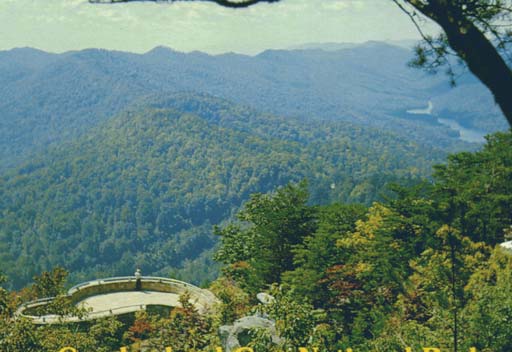 |
 Civil War Nurse Barbie Part of the American Stories Collection. |
Kentucky Map of Battles Tennessee Map Of Battles Civil War Exhibits Civil War Summary Civil War DVDs Civil War Top Pick Books Civil War Ships and Battles Civil War Cooking Civil War Picture Album Civil War Campaigns |
 Civil War Soldier 102 Piece Playset
|
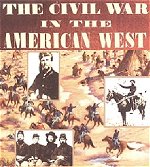 Civil War in the American West An accurate and detailed history of the Western Theater of the Civil War, which was largely forgotten by history. He was one of the first historians to fully understand the impact that California had on the war as he gives an accounting of the Federal raid on the Dan Showalter Ranch in San Bernadino on October 5, 1861. |
 The Partisan Rangers of the Confederate States Army: Memoirs of General Adam R. Johnson The capture of Newburg, Indiana, with only twelve men and two joints of stovepipe mounted on the running gear of a wagon. This episode won him a nickname of "Stovepipe." He was promoted to Brigadier General in June 1864 |
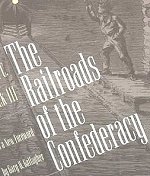 The Railroads of the Confederacy The story of the first use of railroads on a major scale in a major war. A complex and fascinating tale, with the railroads of the American South playing the part of tragic hero in the Civil War: at first vigorous though immature; then overloaded, driven unmercifully, starved for iron; and eventually worn out |
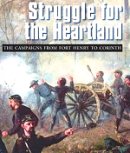 Struggle for the Heartland: The Campaigns from Fort Henry to Corinth The military campaign that began in early 1862 with the advance to Fort Henry and culminated in late May with the capture of Corinth, Mississippi. The first significant Northern penetration into the Confederate west |
 The Tale of the Devil: The Biography of Devil Anse Hatfield The story of Hatfield patriarch Devil Anse Hatfield, beginning with his childhood in frontier Appalachia; it also covers his Civil War days as a noted Confederate soldier. |
Kindle Available Kingdom Of The Hollow, The Story Of The Hatfields and McCoys Get to know the many members of the two families and how they live. The descriptions of Kentucky and West Virginia remind us of the remote cabin life of these mountain men and women and how important family can be in such a lifestyle |
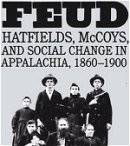 Feud: Hatfields, McCoys, and Social Change in Appalachia, 1860-1900 The legendary feud was not an outgrowth of an inherently violent mountain culture but rather one manifestation of a contest for social and economic control between local people and outside industrial capitalists |
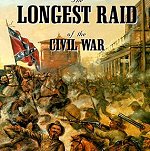 The Longest Raid of the Civil War: Little-Known & Untold Stories of Morgan's Raid into Kentucky, Indiana & Ohio Kentucky, a slave state, did not secede. Many were pro Confederate however. Jefferson Davis was from Kentucky, Lincoln was also born there. |
Source:
US National Park Service